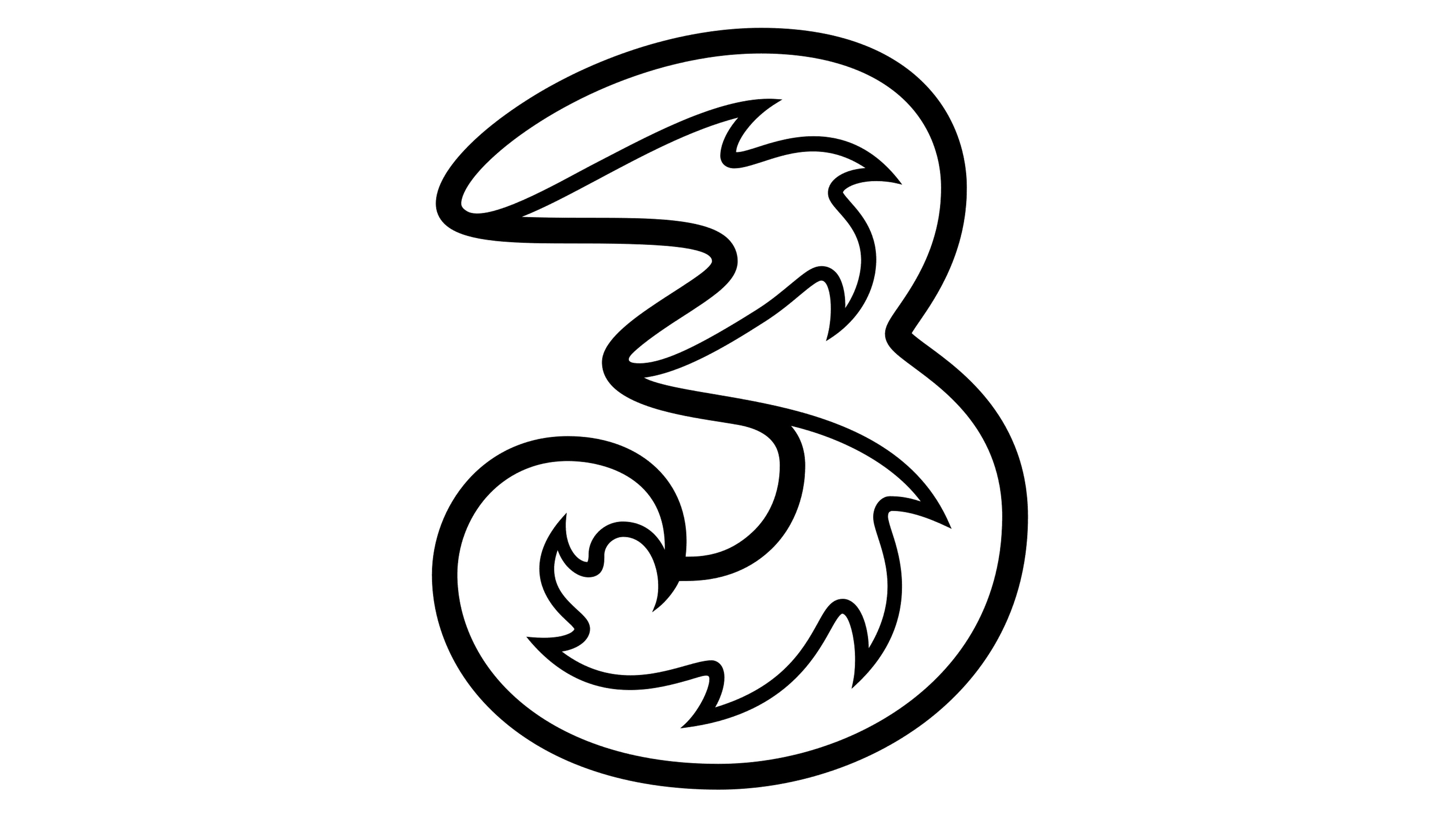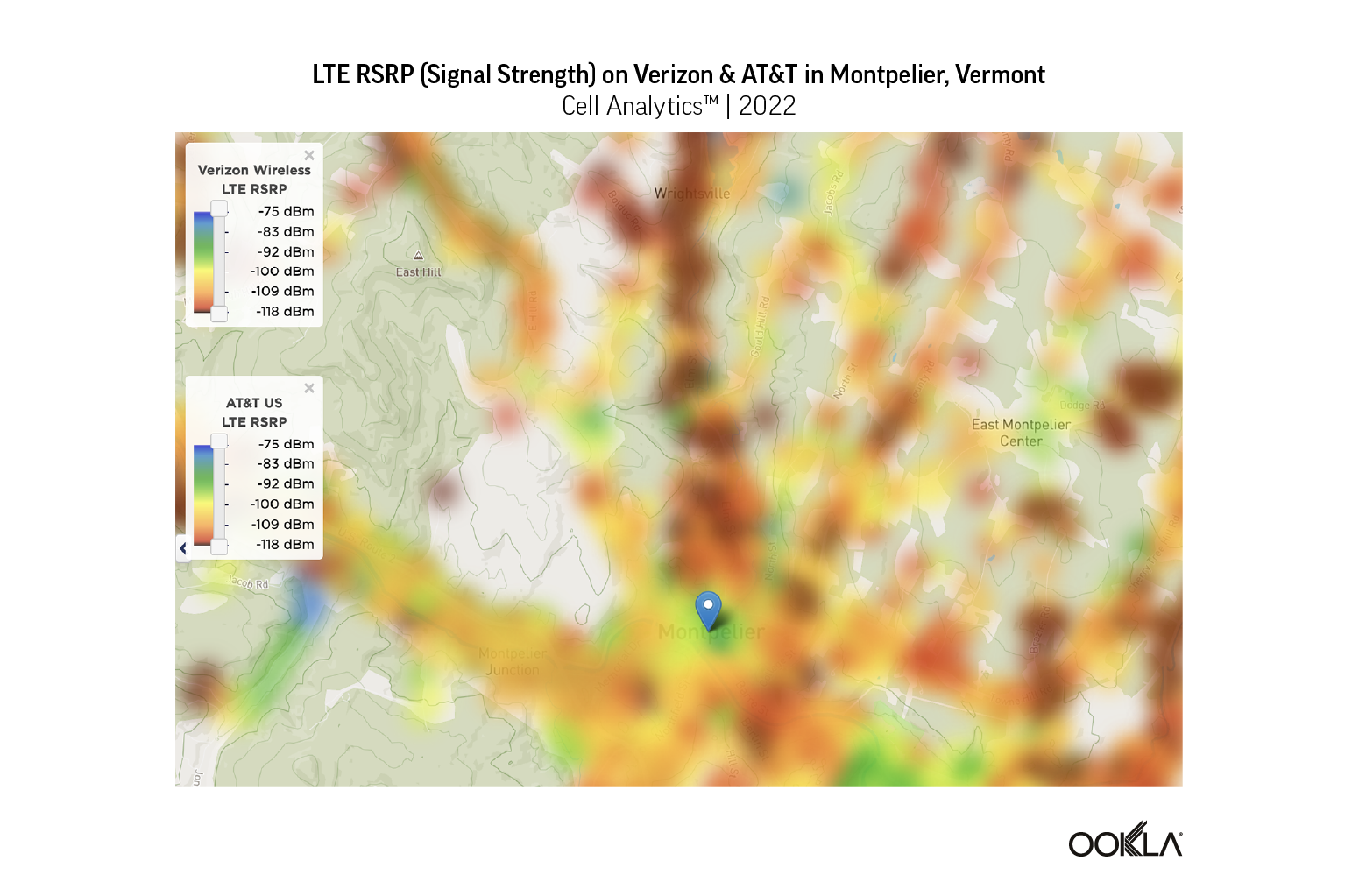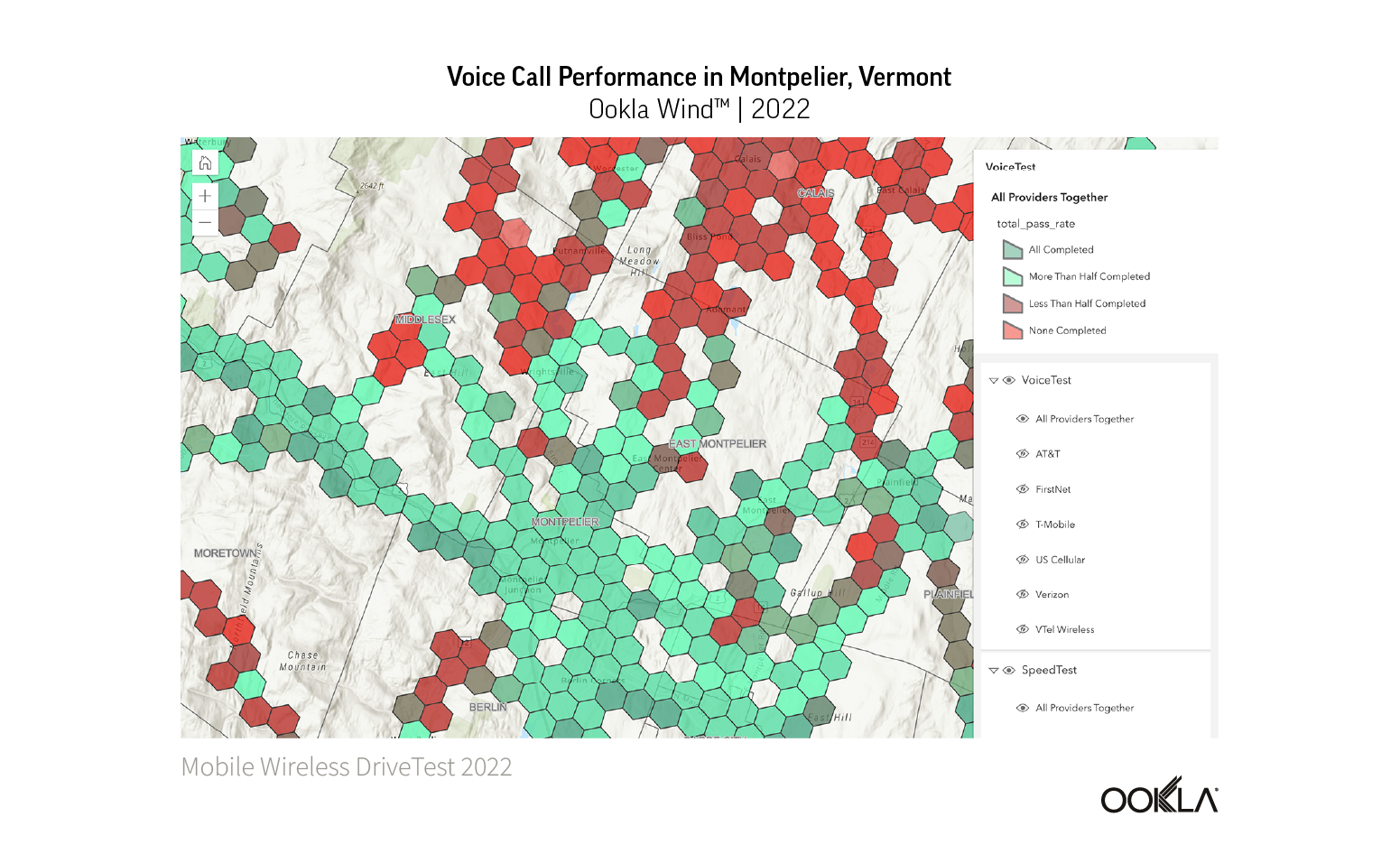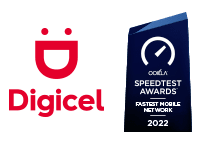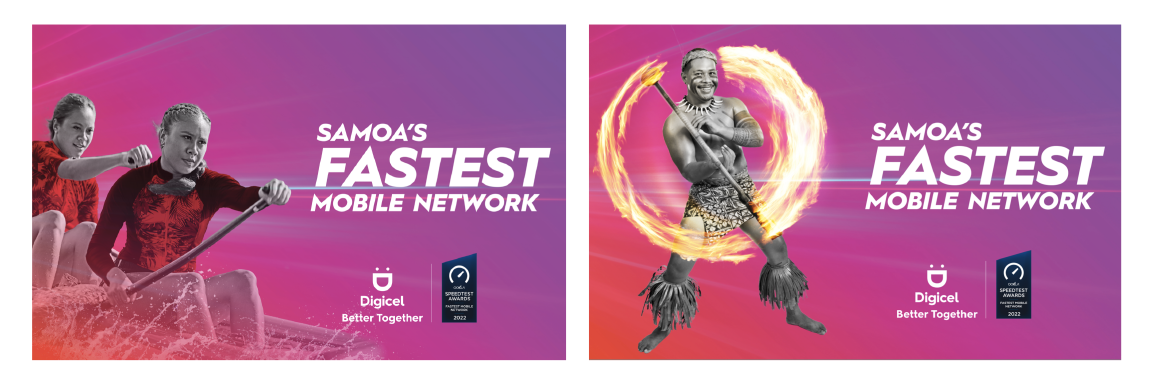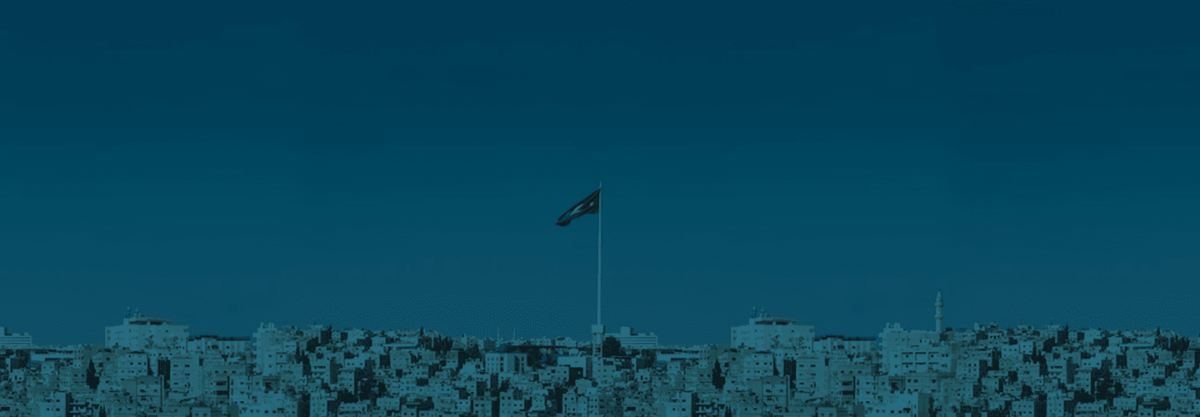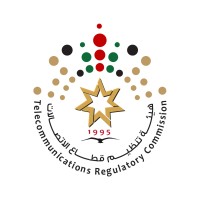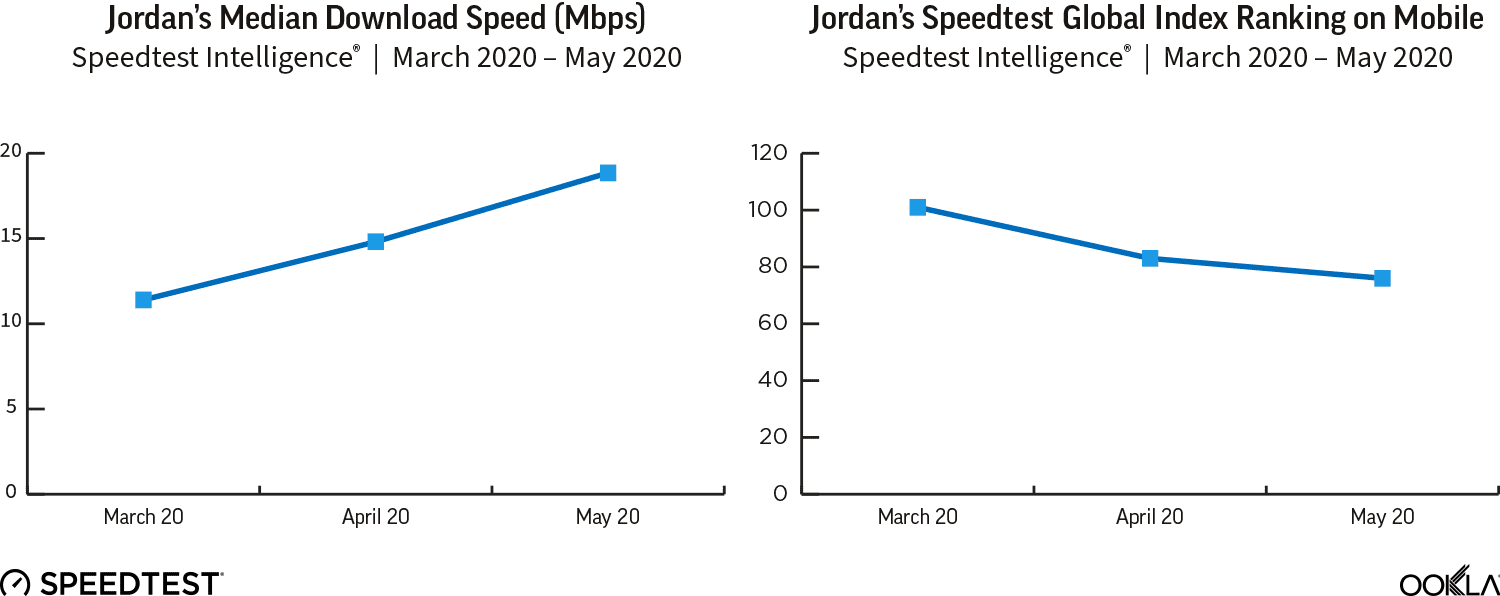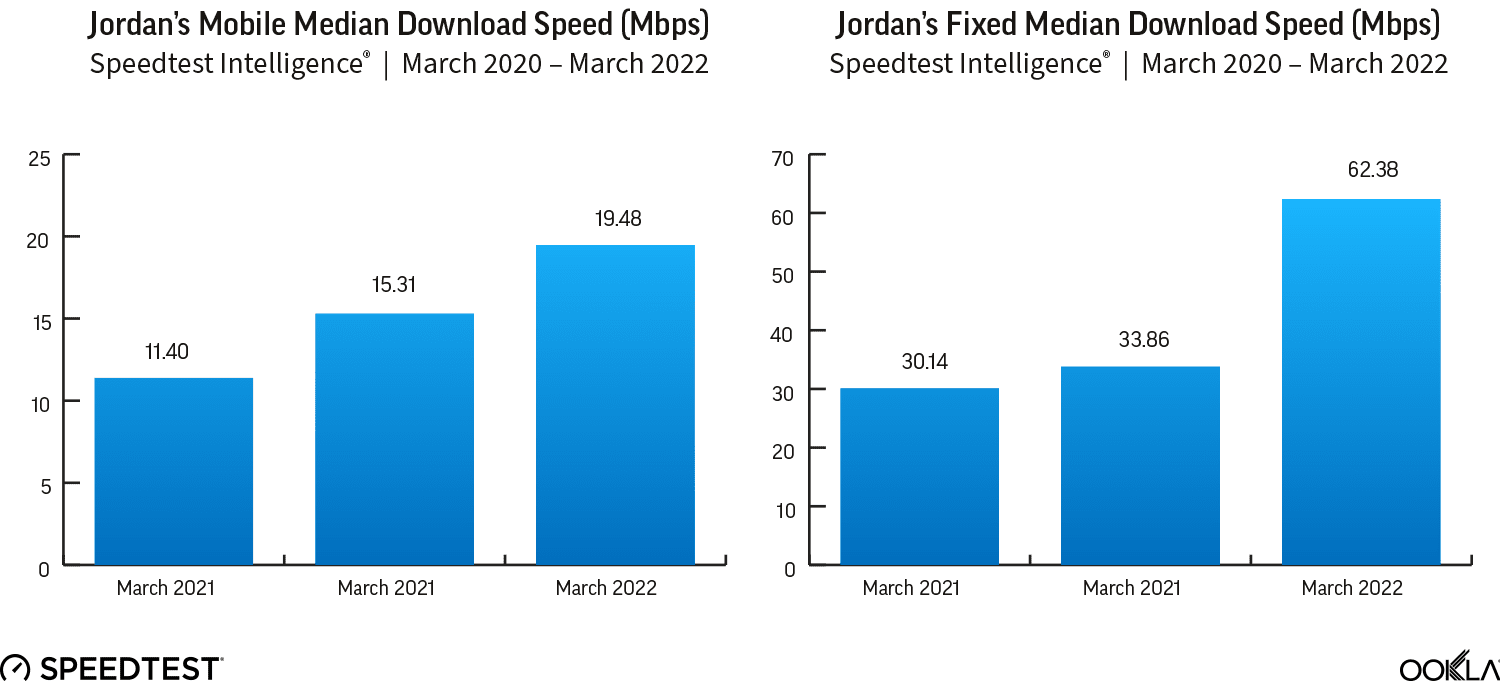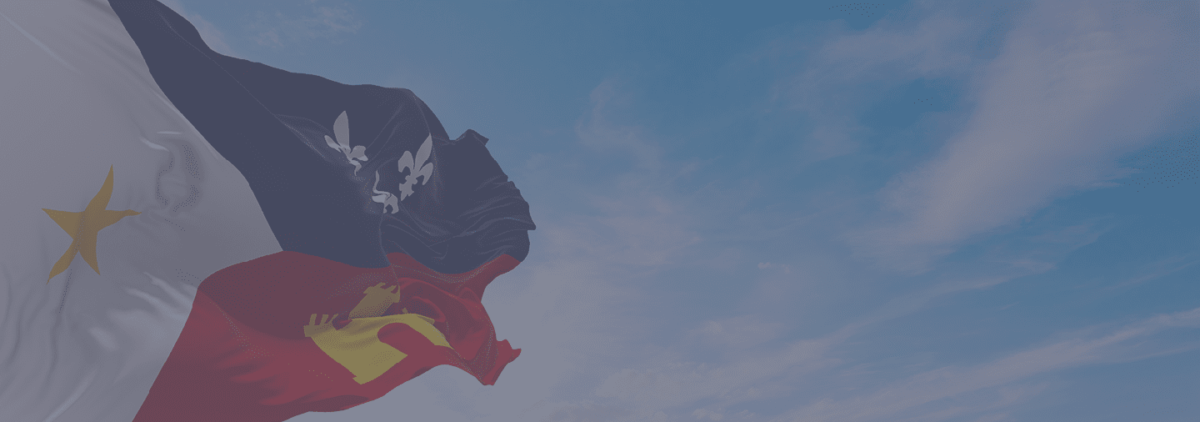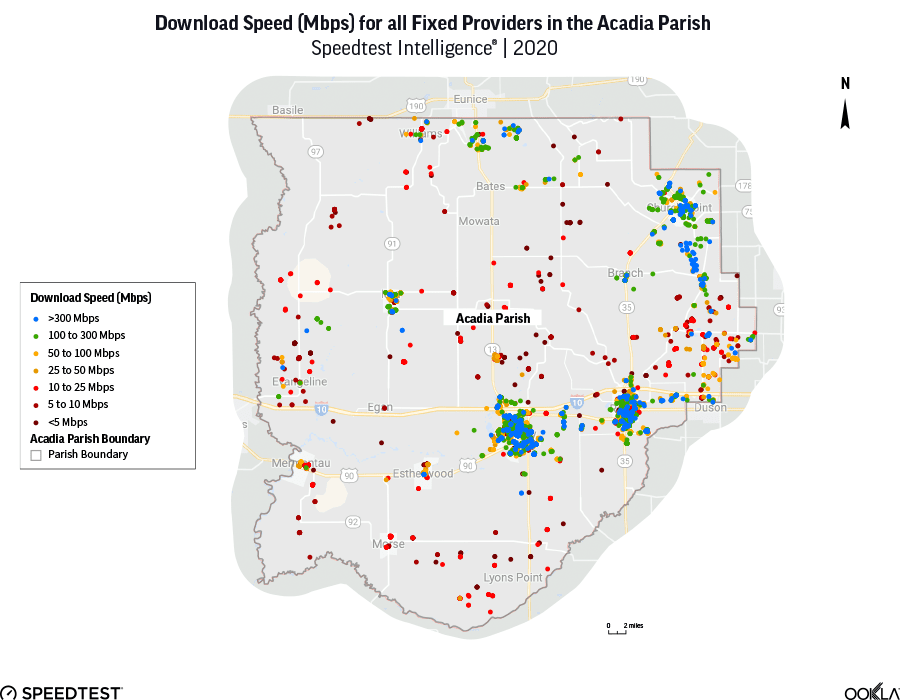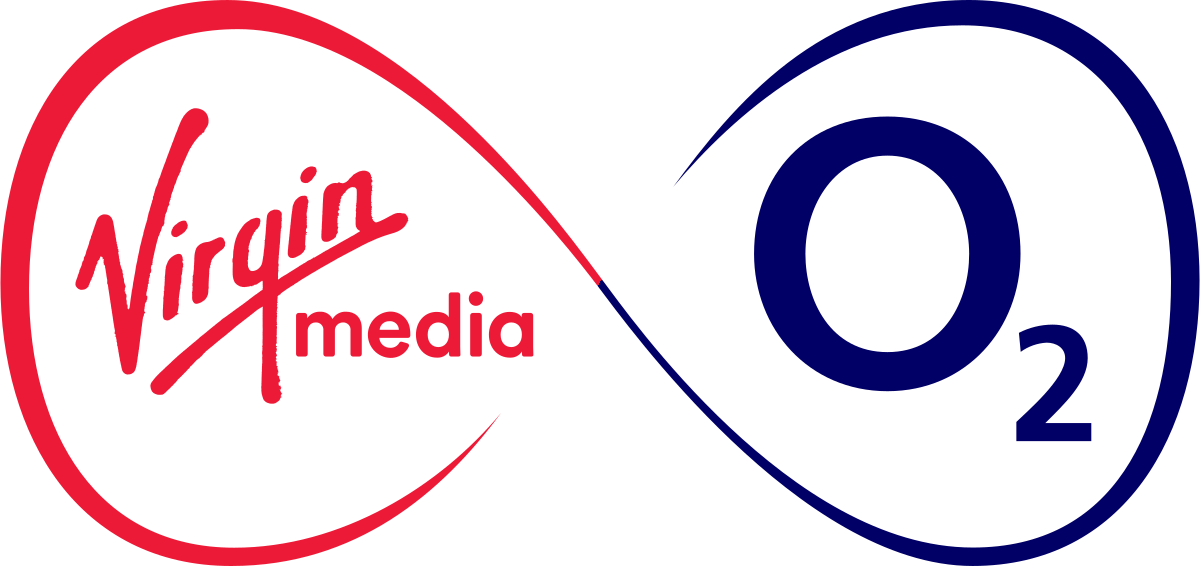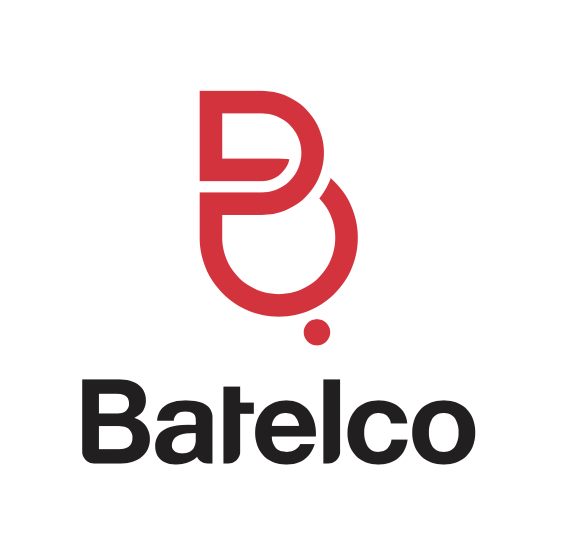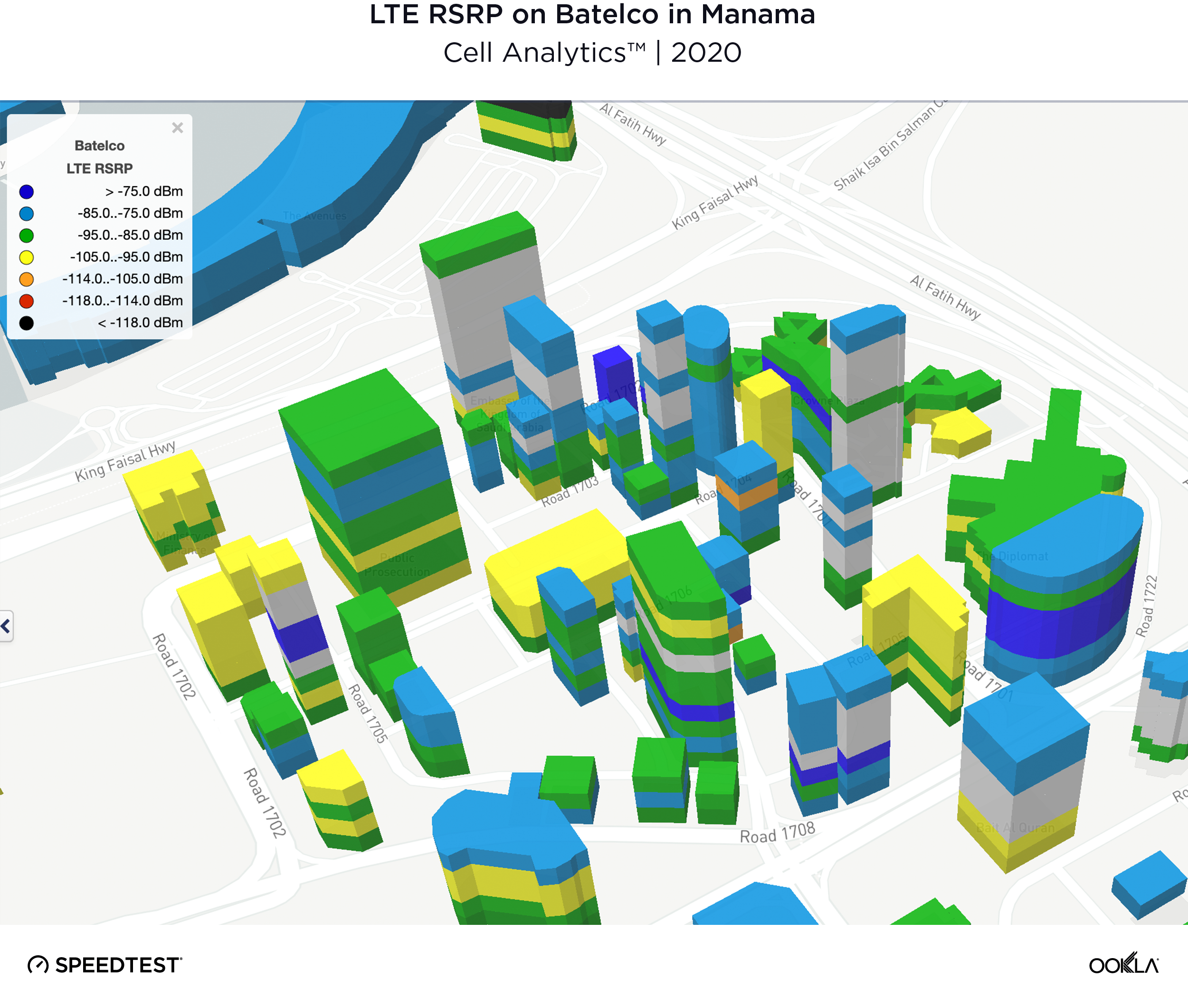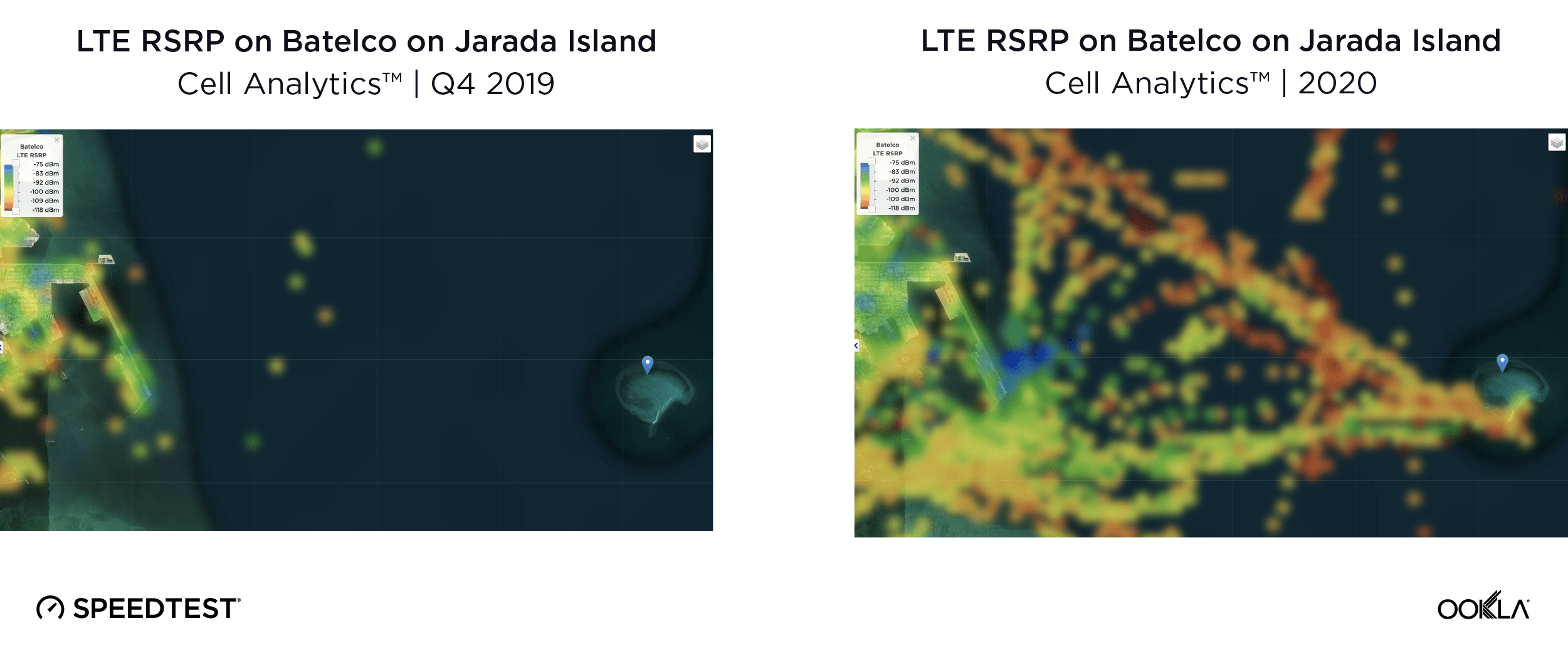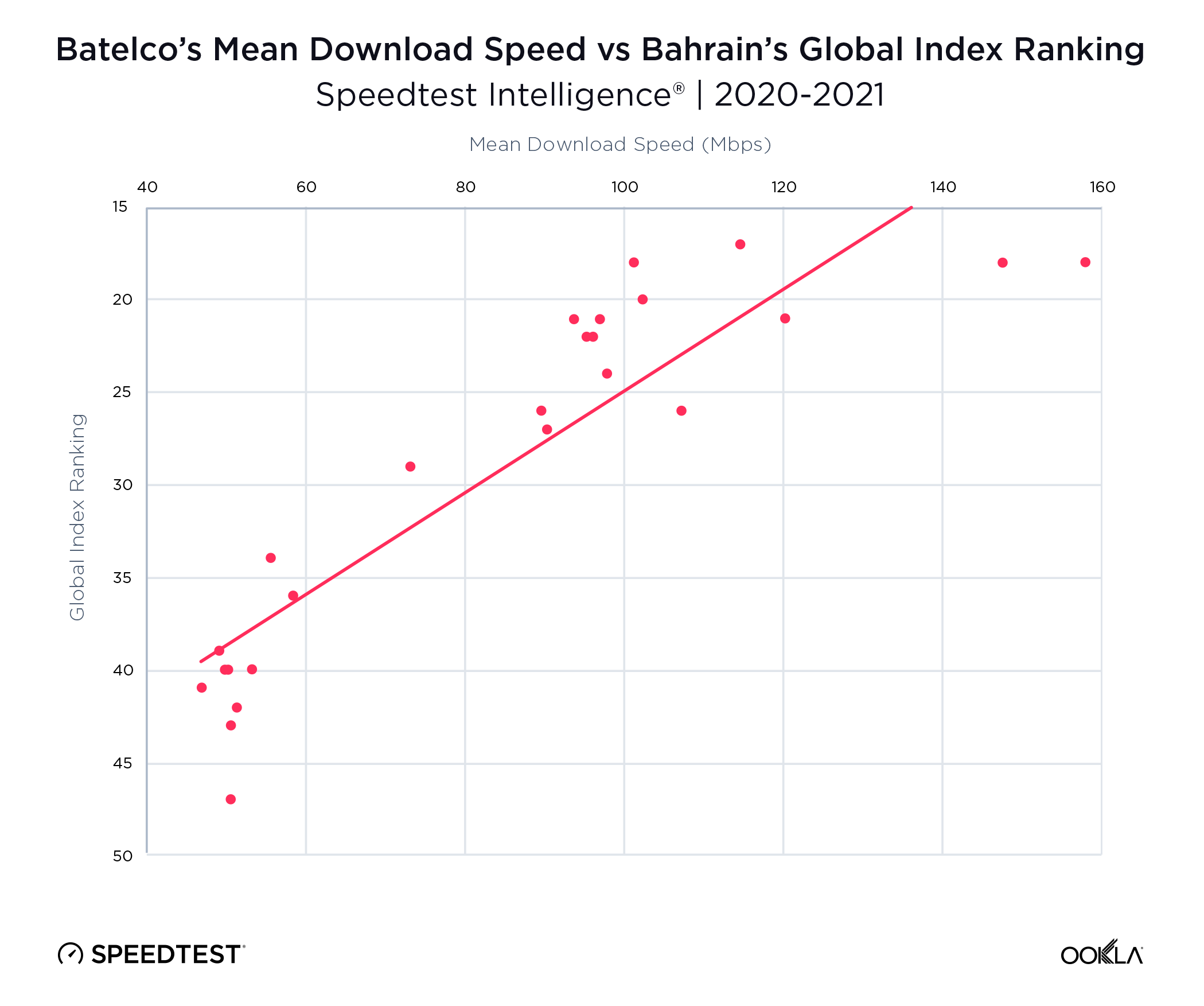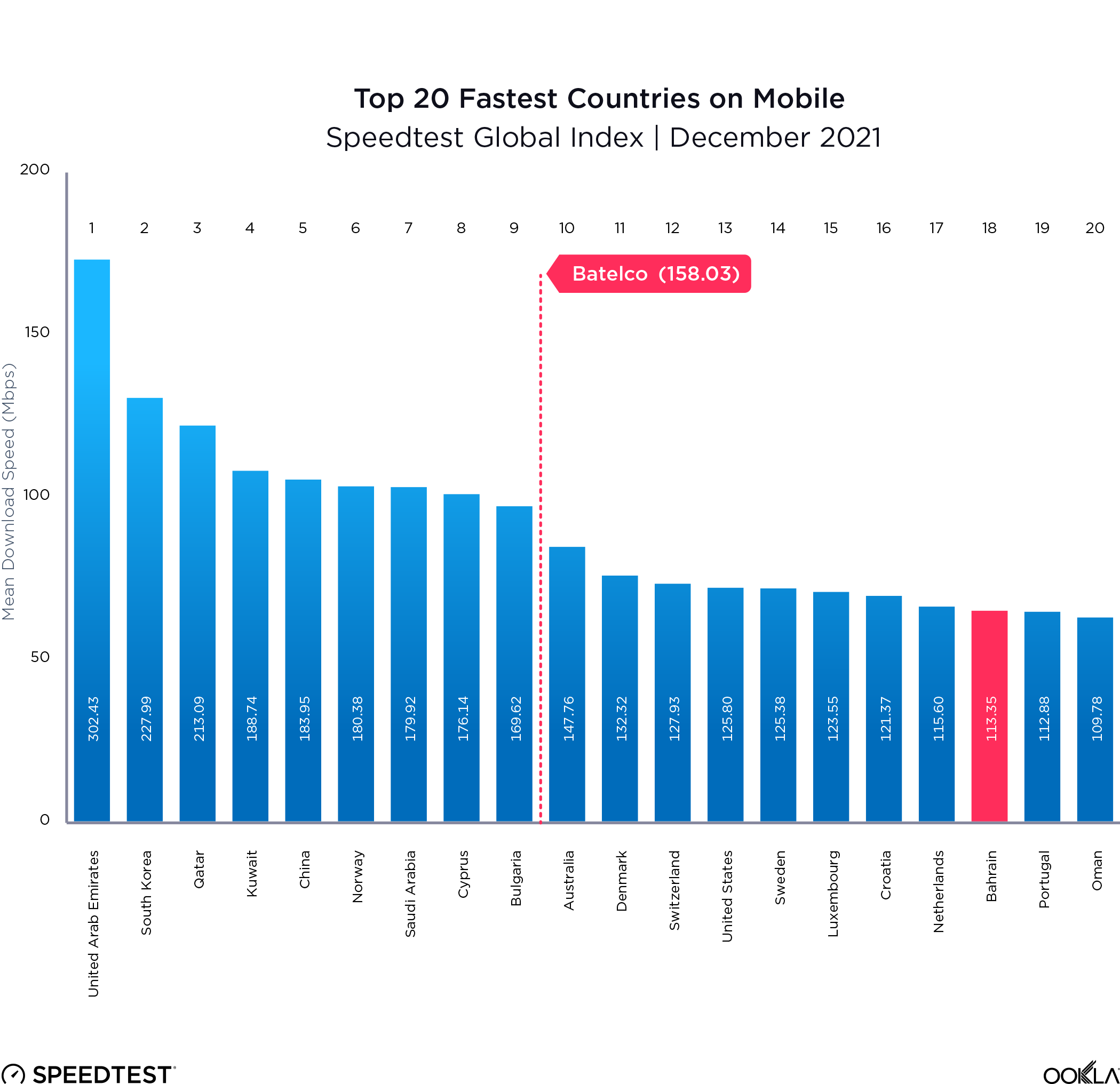
Case Study
How Three Builds and Maintains the UK’s Fastest 5G Network
When the United Kingdom became one of the first markets to launch 5G globally, mobile operators quickly began competing to build the best 5G network. As every mobile operator in the market ramped up investment to expand 5G, Three UK invested over £2 billion as part of a five-year program to deliver the UK’s Fastest 5G Network. These investments included network intelligence to enable data-driven network improvements.
Three uses Ookla Speedtest IntelligenceⓇ to find geographic areas for 5G network improvements. As a result of their network investments, Three has won the Speedtest Award™ for Fastest 5G Network for four consecutive award periods including Q3-Q4 2022, Q1–Q2 2022, Q3–Q4 2021, and Q1–Q2 2021.
 Situation
Situation
When the United Kingdom auctioned off spectrum licenses in 2021, Three acquired the largest dedicated band of 5G spectrum — 140MHz frequency across several 5G spectrum bands, including a 100 MHz block of contiguous spectrum in the 3.3-3.8 GHz band. To build out a top-performing 5G network — especially with their recent 5G spectrum acquisition — it was important that Three understood where to invest in improvements in order to prioritize network build-outs that would result in the most consumer benefit.
Solution
Using Speedtest Intelligence, Three was able to identify areas for 5G network prioritization. In the following example from Manchester, the red dots represent areas with poor 5G performance, highlighting problem areas in the city center that existed in 2020.
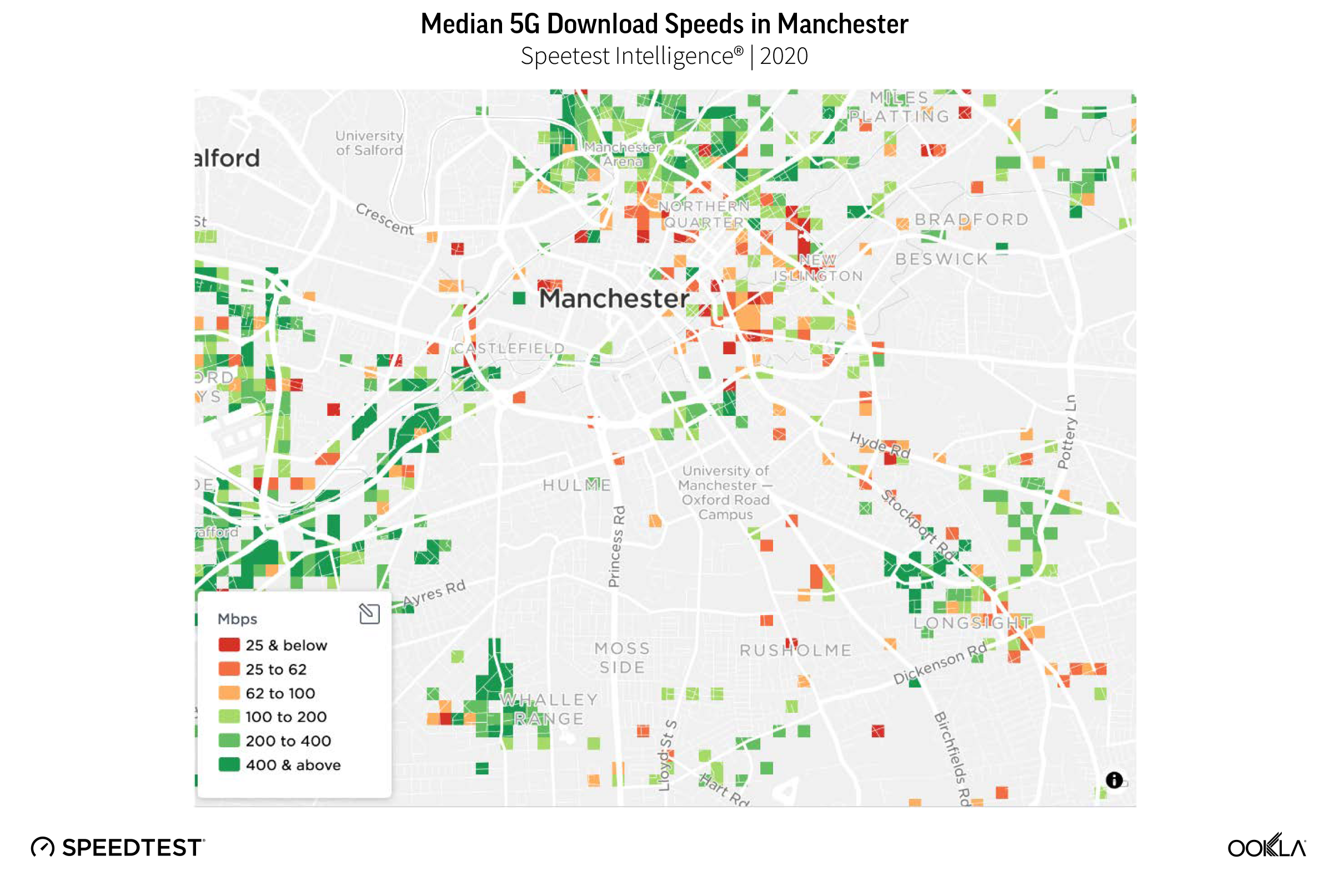
Three was able to analyze their 5G performance in Manchester to pinpoint areas for improvement in the city center. In this way, Three was able to prioritize network build-outs that would improve 5G performance and coverage across the entire country.
Outcome
Since launching 5G in 2019, Three has extended 5G coverage to more than a third of the UK population across 370 towns and cities, with 2,500 live sites. Three’s median download speed for all network technologies has increased consistently over the past three years. Starting at 16.32 Mbps in 2019 and jumping to 57.72 Mbps in 2022, they’ve more than tripled their median download speed.
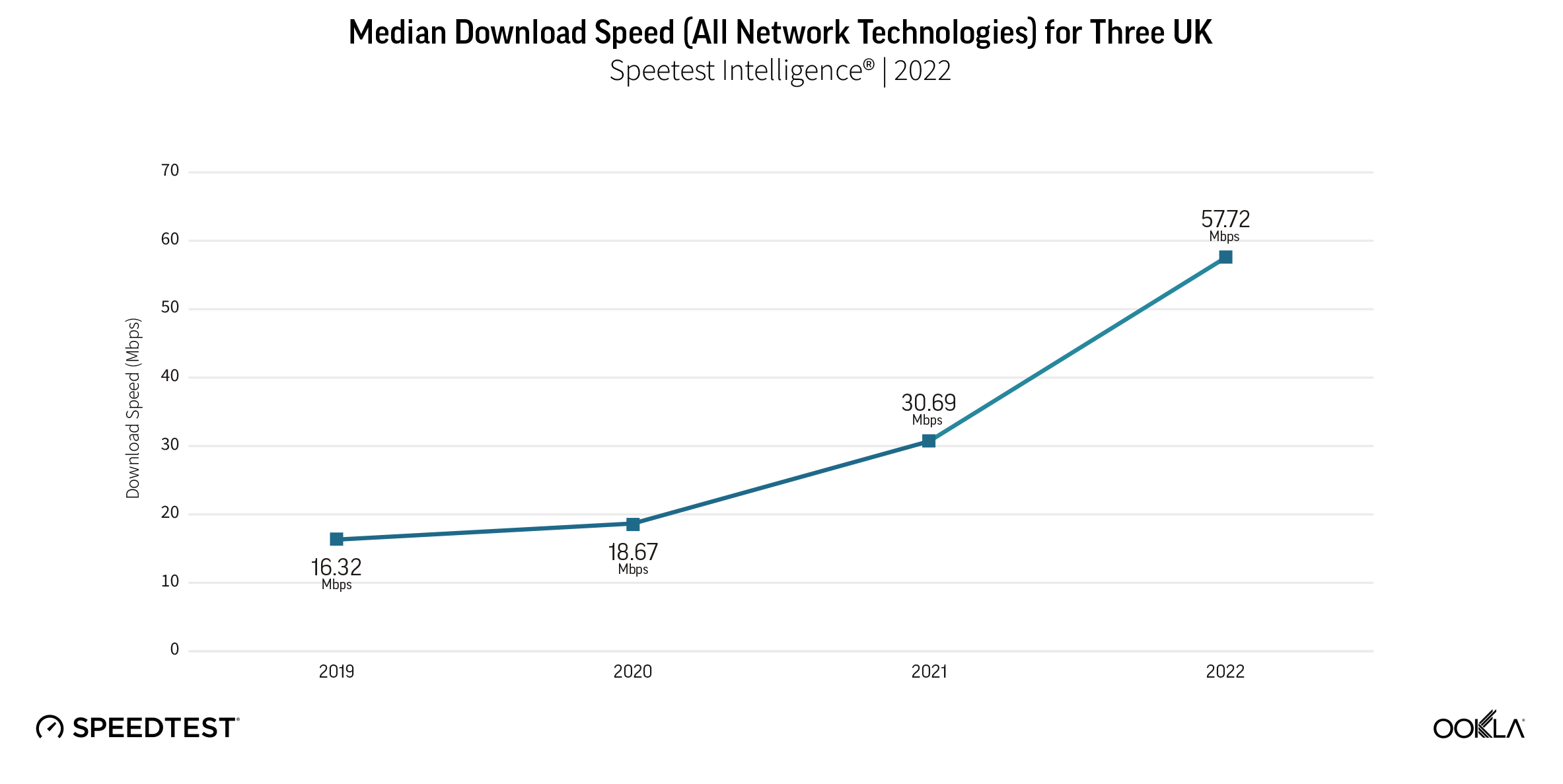
This increase is largely due to their investment in 5G. When comparing 4G and 5G speeds, you can see how 5G technology has increased overall network performance.
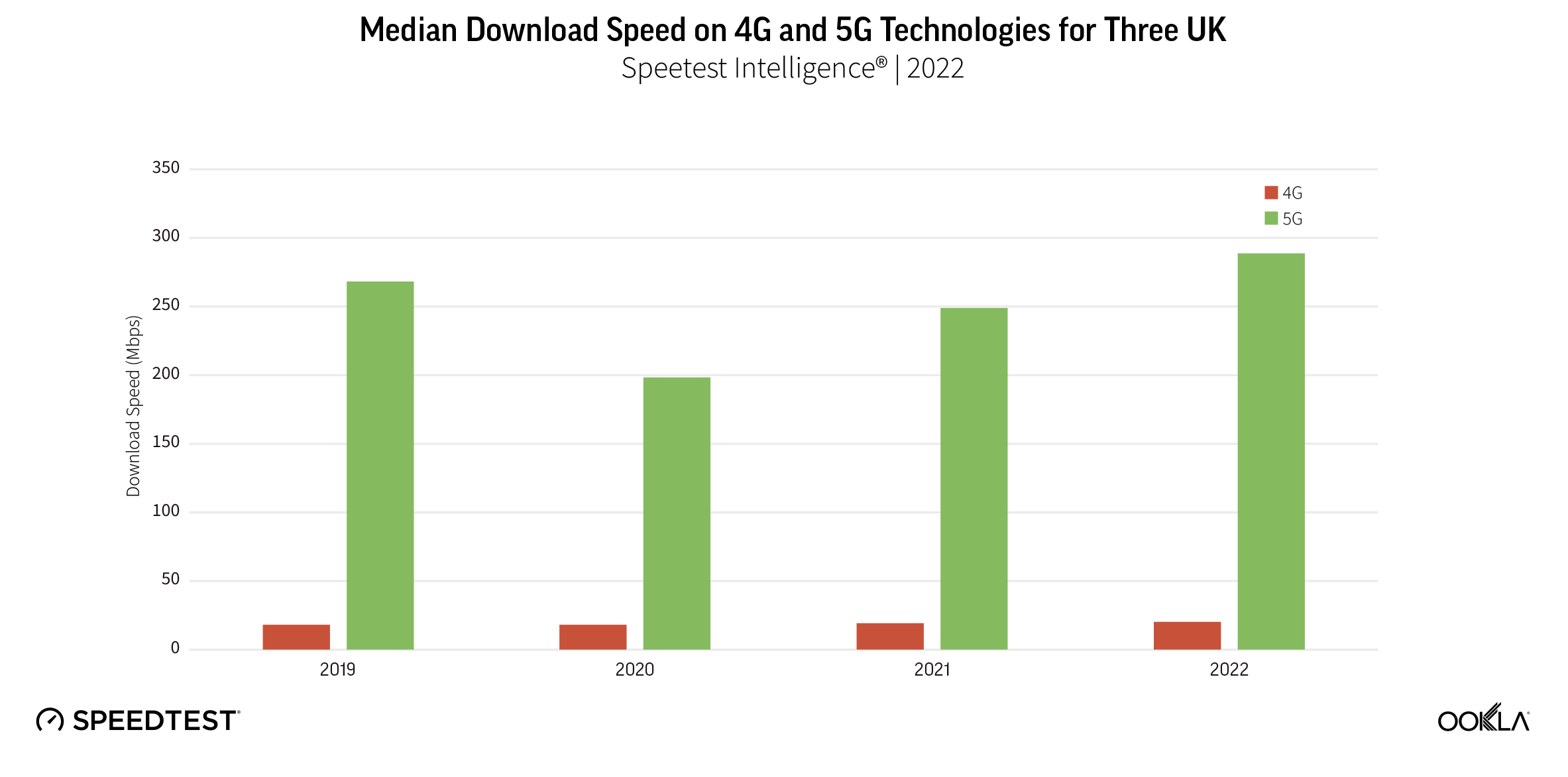
After using Ookla network intelligence to help build the UK’s Fastest 5G Network, Three won the Speedtest Award for Fastest 5G Network.
By licensing the award, Three was able to showcase the superiority of their network on digital marketing campaigns, their website, social media, and on television — backed with verified, unbiased third-party data. Each advertisement features their digital Speedtest Award asset:
 Consumers who saw these ads were significantly more likely to associate Three with having the UK’s Fastest 5G Network.
Consumers who saw these ads were significantly more likely to associate Three with having the UK’s Fastest 5G Network.
Operators can use Ookla’s crowdsourced network intelligence to prioritize network improvements for the biggest impact on consumer experience, and then leverage the Speedtest brand to build consumer awareness.
Watch the video, “In Conversation with Three UK on Achieving Terabit 5G Speeds.”
About Three UK
Three UK is part of the CK Hutchison Holdings Ltd group of companies which has mobile operations in 11 countries. Three launched in 2003 as the UK’s first 3G only network, laying its foundations as the network that was born to be different.
Ookla retains ownership of this content, including all of the intellectual property rights, data, images, graphs, and analysis. This content may not be quoted, reproduced, distributed, or published for any commercial purpose without prior consent.
